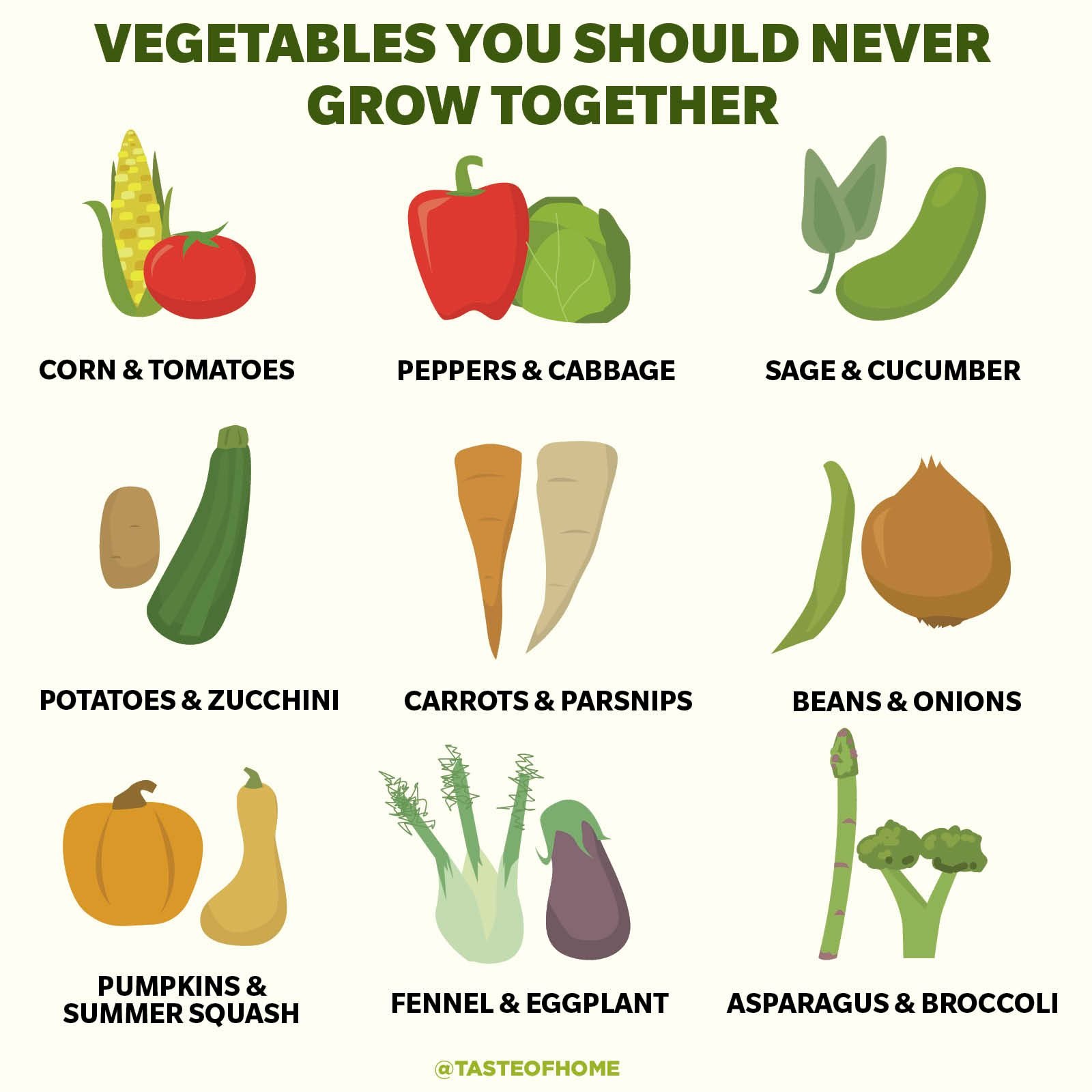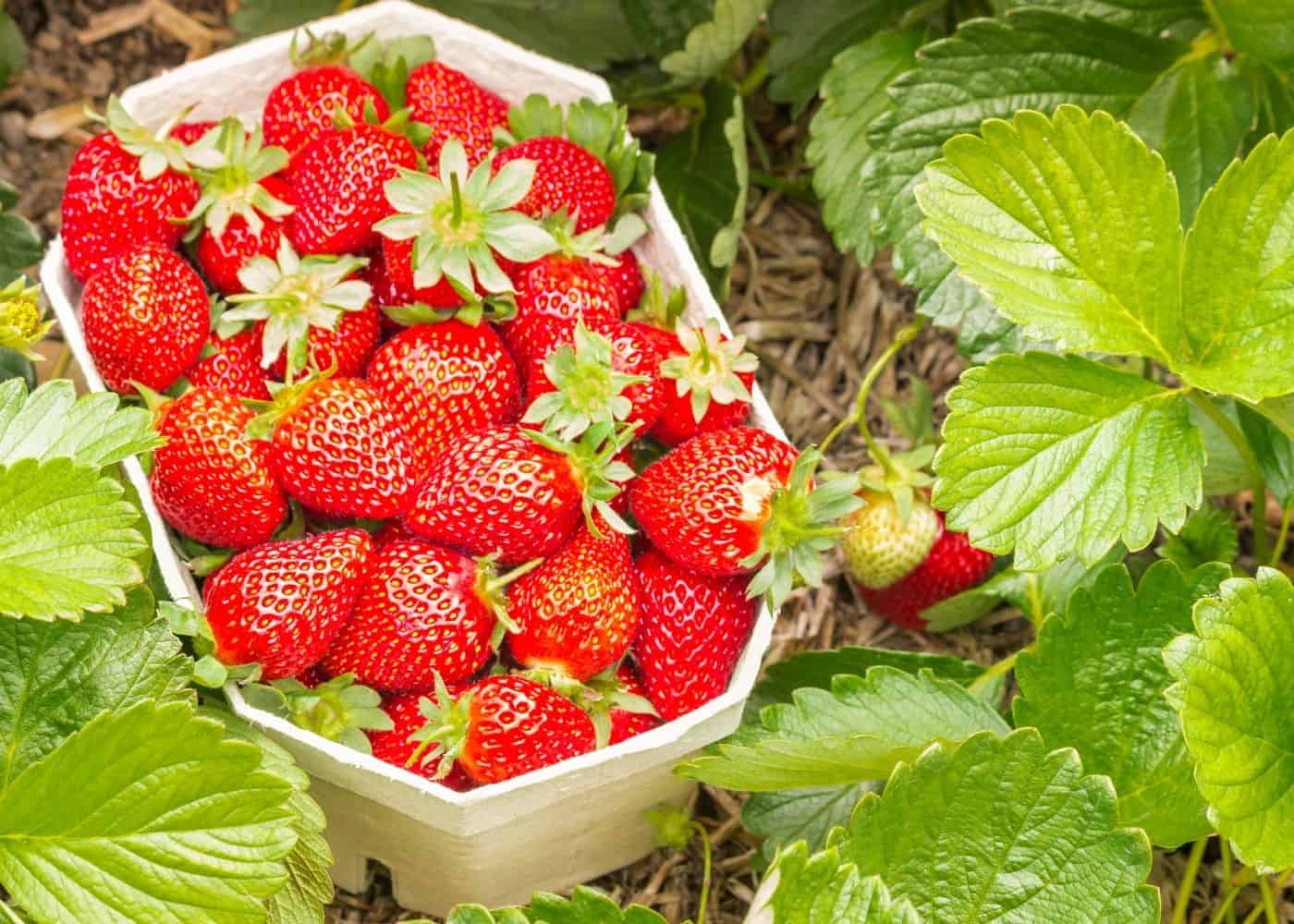Common Mistakes Gardeners Make When Planting Together
Common Mistakes Gardeners Make When Planting Together
Introduction
Planting together is a great way to improve the health and productivity of your garden. By carefully selecting companion plants, you can attract beneficial insects, deter pests, and improve the overall soil health. However, there are a few common mistakes that gardeners make when planting together. In this blog post, we will discuss some of the most common mistakes and how to avoid them.
Main Content
1. Not enough spacing
One of the most common mistakes gardeners make is planting their plants too close together. This can lead to a number of problems, including:
- Competition for water and nutrients
- Reduced air circulation, which can increase the risk of disease
- Shading, which can stunt the growth of one or both plants
To avoid these problems, it is important to plant your plants according to their mature size. For example, if you are planting tomatoes, which can grow quite large, you should allow at least 2 feet of space between each plant.
2. Planting incompatible plants
Not all plants are compatible with each other. Some plants, for example, can attract pests or diseases that can harm other plants. Others can compete for water and nutrients, which can stress both plants.
It is important to do your research before planting together to make sure that the plants you choose will be compatible. There are a number of resources available online and at your local library that can help you with this.
3. Not considering the sun and shade requirements
The amount of sun and shade that a plant needs will vary depending on the species. Some plants, such as tomatoes, need full sun. Others, such as lettuce, prefer partial shade.
If you plant incompatible plants together, one plant may get too much sun or shade, which can stunt its growth or even kill it. It is important to consider the sun and shade requirements of each plant before planting together.
4. Not considering the soil type
The soil type in your garden will also affect which plants will thrive. Some plants prefer sandy soil, while others prefer loamy soil.
If you plant a plant in the wrong type of soil, it may not be able to get the nutrients it needs to grow properly. It is important to test your soil before planting to make sure that it is suitable for the plants you want to grow.
5. Not watering properly
Watering is essential for all plants, but it is especially important for plants that are planted together. This is because plants that are close together can compete for water.
If you do not water your plants properly, they may not get enough water to survive. It is important to water your plants deeply and regularly, especially during hot, dry weather.
Conclusion
By avoiding these common mistakes, you can help ensure that your garden thrives. By carefully selecting companion plants, you can attract beneficial insects, deter pests, and improve the overall soil health. With a little planning, you can create a beautiful and productive garden that will be a source of enjoyment for years to come.
null
FAQ of plants that shouldn t be planted together
Q: What are some plants that shouldn't be planted together?
A: There are a number of plants that should not be planted together, as they can compete for resources, attract pests and diseases, or even poison each other. Some common examples include:
- Asparagus and fennel - both plants have strong scents that can inhibit the growth of each other.
- Basil and tomatoes - basil can attract pests that also target tomatoes, such as whiteflies and aphids.
- Cabbage and carrots - cabbage attracts root-knot nematodes, which can also attack carrots.
- Dill and carrots - dill can suppress the growth of carrots.
- Garlic and onions - garlic and onions have similar scents that can inhibit the growth of each other.
Q: Why shouldn't these plants be planted together?
A: There are a few reasons why these plants should not be planted together. First, they may compete for resources, such as water, nutrients, and sunlight. This can lead to stunted growth or even death of one or both plants. Second, they may attract pests and diseases that target both plants. This can make it more difficult to control pests and diseases, and can lead to crop losses. Third, some plants can actually poison each other. For example, fennel can release a chemical that can inhibit the growth of asparagus.
Q: What are some solutions to avoid planting these plants together?
A: There are a few things you can do to avoid planting these plants together. First, you can do some research to find out which plants are incompatible. Second, you can plant these plants in separate areas of your garden. Third, you can plant these plants in containers, which will allow you to control their proximity to each other.
Q: What are some other things to consider when planting plants together?
A: In addition to avoiding planting incompatible plants together, there are a few other things to consider when planting plants together. These include:
- Planting height: Tall plants should be planted behind shorter plants so that they don't shade them out.
- Planting needs: Some plants have different water and nutrient requirements, so it's important to plant them together based on their needs.
- Pest and disease resistance: Some plants are more resistant to pests and diseases than others. It's a good idea to plant plants together that have similar resistance levels.
- Visual appeal: You'll also want to consider the visual appeal of the plants you're planting together. You may want to plant plants that have similar colors, textures, or shapes together.
Image of plants that shouldn t be planted together
- Tomatoes and potatoes: These two plants are both members of the nightshade family, and they can compete for nutrients and water. Additionally, the potato plant can harbor a fungus that can also infect tomatoes.

- Onions and peas: Onions release a chemical that can inhibit the growth of peas. If you plant these two vegetables together, the peas may not reach their full potential.

- Cabbage and strawberries: Cabbage can attract pests that can also damage strawberries. It's best to plant these two vegetables in separate areas of your garden.

- Carrots and dill: Dill can stunt the growth of carrots. If you want to grow both of these vegetables, it's best to plant them in separate containers or beds.

- Cucumbers and basil: Basil can attract pests that can also damage cucumbers. It's best to plant these two vegetables in separate areas of your garden.

Post a Comment for " Common Mistakes Gardeners Make When Planting Together"